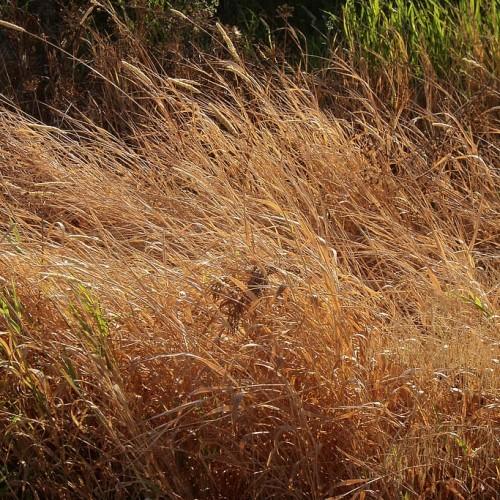
Broom Sedge
Andropogon virginicus var. virginicus
Also Known As - Bluestem Broomsedge,Bluestem,Common Broom SedgeWatering:
Minimal
Hardiness Zone:
Sun:
full sun,part shade
Leaf:
Yes
Growth Rate:
Low
Drought Tolerant:
Yes
Salt Tolerant:
Yes
Care Level:
Medium
watering
James Bay Bog Rosemary can thrive with regular irrigation when the weather is hot. The plant prefers a moist soil yet allow for the top inch (2.5 cm) of the soil to dry out before watering again. During the hot months of summer, it is good to water the plant at least once or twice a week so that the soil remains moist but not soggy. It is important to water slowly and deeply so that the water can reach the roots effectively. In winter, it is usually good to water the plant about once a month, however, in climates with mild winters, it is possible to water more frequently.
sunlight
James Bay Bog Rosemary (Andromeda polifolia var. xjamesiana) needs full or partial sun with partial shade during the hottest parts of the day, ideally 6-7 hours a day. James Bay Bog Rosemary prefers cool, shady conditions in summer when temperatures are high. During winter months, this plant can handle full sunlight. In general, it does best when it gets a combination of direct and indirect sunlight throughout the day.
pruning
James Bay Bog Rosemary should be pruned as soon as new growth begins in spring. Pruning should be done selectively, removing dead stems and any that are growing too close together or misshapen, to ensure adequate air circulation and space for the shrub to reach its full size. It is best to prune James Bay Bog Rosemary after summer bloom. The plants develop a cascading shape as they mature, and pruning should be done to enhance this form. If necessary, some heading back of the stems may be done to reduce the size of the plant as needed. Pruning can also be done to thin out the stems and any bare patches that occur. Avoid over pruning or removing too many stems at 1 time as this will not allow the shrub to reach its mature size.
